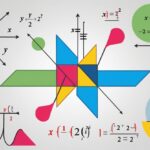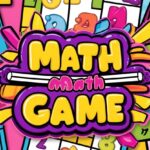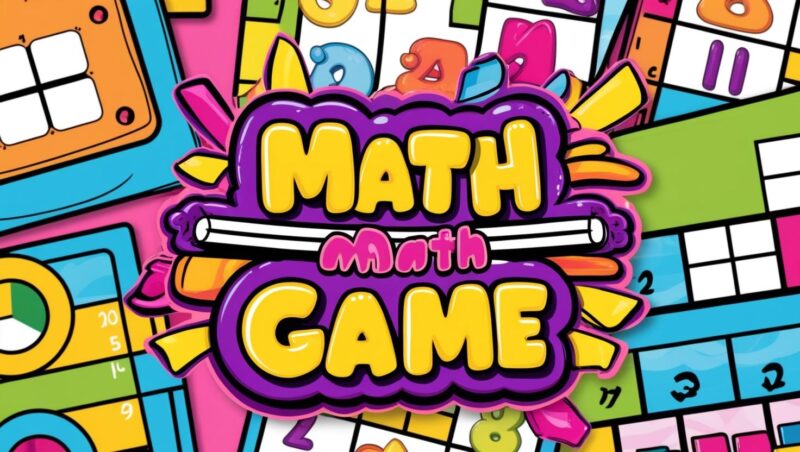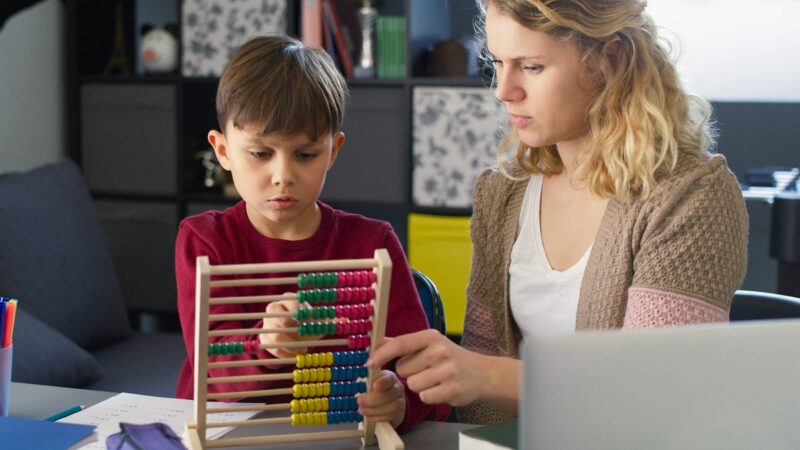
Share Post:
Math has a reputation. Ask most kids, and they’ll tell you it’s too complicated, tedious, or both. And let’s be honest—watching them sigh dramatically over their homework feels like a universal parenting experience.
But here’s the thing: math itself isn’t the problem. It’s how it’s taught. A dry worksheet complete with numbers won’t spark curiosity, but turning it into an adventure?
That’s a different story. Luckily, many creative ways exist to make numbers less like a nightmare and more like a puzzle waiting to be solved. Learning math is so much fun through games, real-life challenges, or even digital tools explaining concepts in kids’ language.
If your child groans at the sight of an equation, stick around. This article has ideas that will change how they see numbers—maybe even forever.
Innovative Tools for Smarter Learning
We live in a world where technology simplifies almost everything—so why not math? Instead of endless frustration, kids can get the right help when needed.
One great example is the StudyX homework solver, which does more than just provide answers—it guides students through each step, helping them develop real problem-solving skills instead of relying on rote memorization.
Tools like these act as digital tutors, breaking up challenging concepts in logical ways. They’re ideal for children who need an added push to boost their confidence in their skills.
Interactive Learning Apps
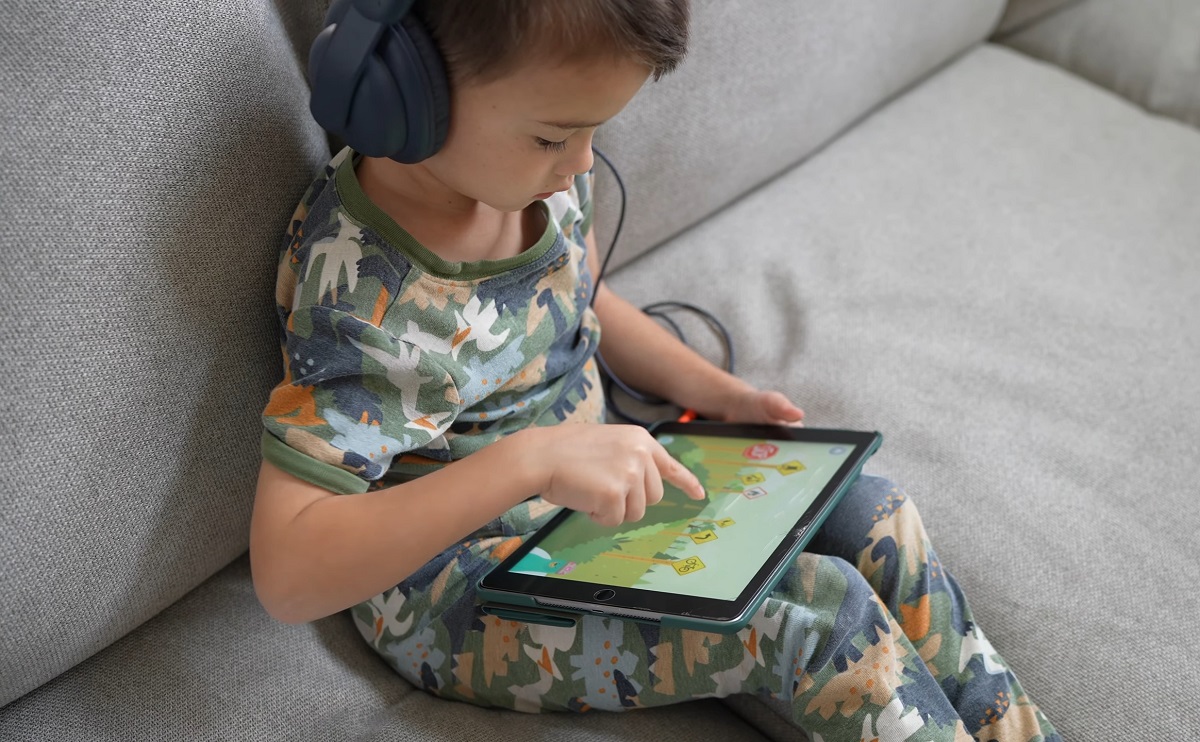
Platforms like Khan Academy and Photomath break down math into easy-to-follow lessons. Kids watch short tutorials, then practice at their own pace. These apps provide hints instead of direct answers, keeping them engaged in problem-solving.
Hands-On Digital Games
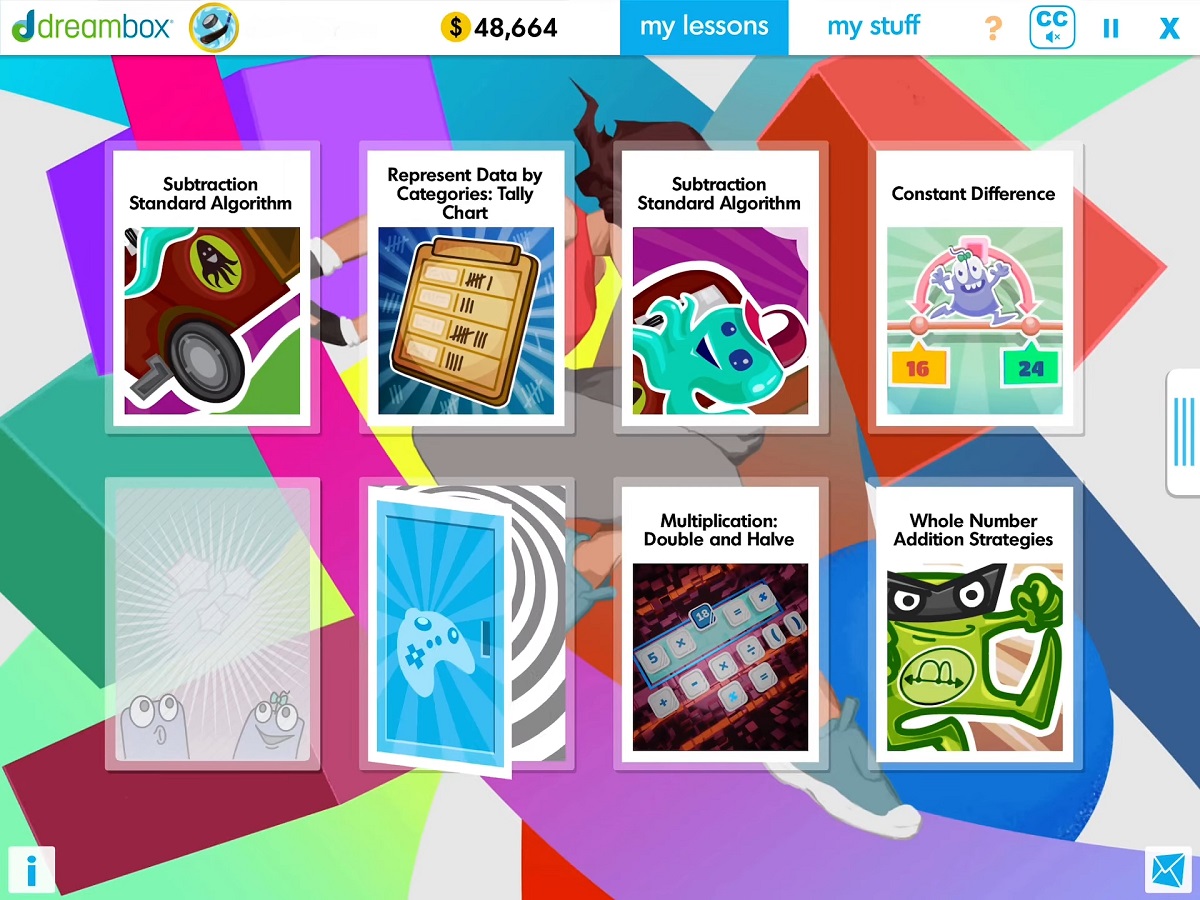
Some platforms gamify lessons to keep kids interested. DreamBox uses interactive challenges, while Adventure Academy blends math into story-driven gameplay. These tools make learning feel less like work.
Gamifying Education
Kids love games. When lessons feels like a game, they stay interested, learn faster, and forget they are even studying.
Educational Video Games That Feel Like Play
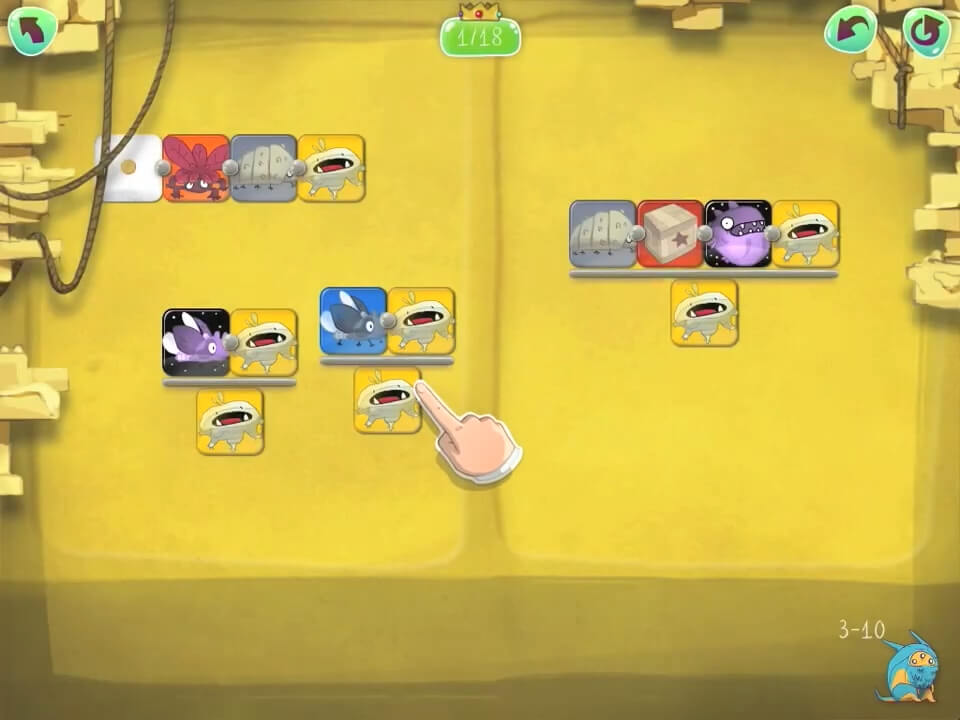
Apps like Prodigy and DragonBox turn math into an adventure. Kids solve problems to battle monsters or unlock new levels. The excitement keeps them engaged without forcing them to study.
Board Games That Teach Numbers
Games like Prime Climb and Math Dice make lessons fun at the table. Instead of drills, kids use numbers to win, strategize, and compete. Even a simple game of Yahtzee teaches probability and addition.
Turning Everyday Games Into Real Practice
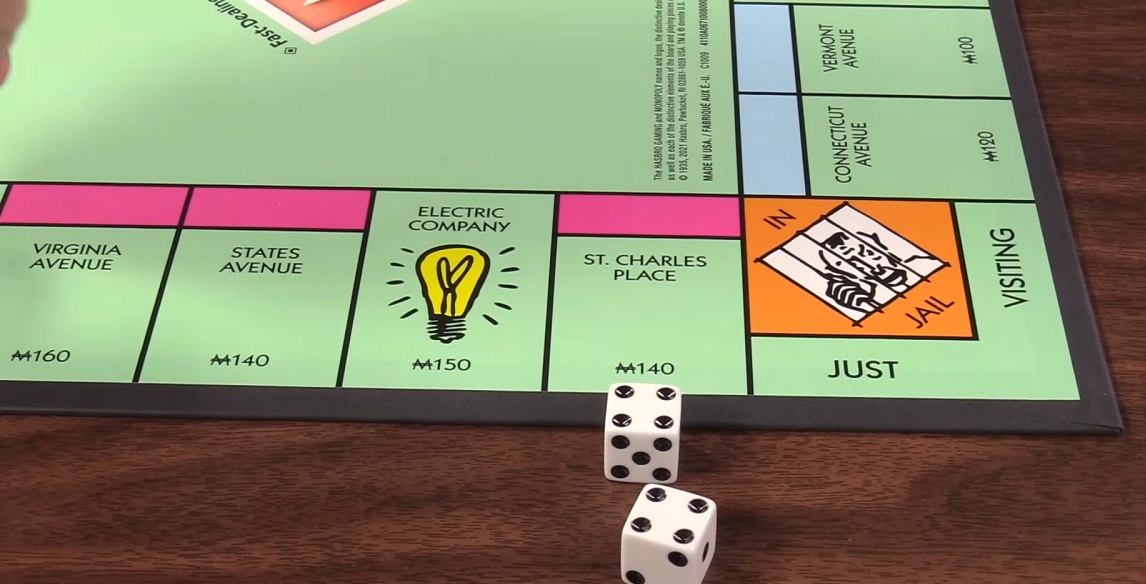
Classic games can reinforce math. Play Monopoly to teach budgeting. Use Uno for number recognition. Even simple card games involve counting, adding, and strategizing.
DIY Challenges at Home
Hide mathematical problems around the house and give points for solving them. Turn flashcards into a scavenger hunt. Set up a “store” where kids buy and sell toys using play money. Learning feels like a game when there’s a fun challenge.
Real-Life Examples
Some kids ask, “Why do I need to learn this?” The best way to answer? Show them.
Even playing Minecraft involves geometry, planning, and problem-solving. Pointing out these moments helps kids realize that math isn’t just in textbooks—it’s in their daily lives.
Math is everywhere: in the kitchen (fractions while measuring ingredients), in shopping (calculating discounts), and even in sports (statistics and scoring).
These real-world connections make numbers feel helpful, not just something for a test. For even more fun hands-on activities to teach math in everyday life, check out these 8 creative ways to make math fun! Here are some examples.

Grocery Store
Hand your child $20 and challenge them to buy as much as possible without going over budget. Let them compare prices, calculate discounts, and figure out the best deal.
Cooking and Baking with Numbers
Ask your child to measure ingredients. Doubling or halving a recipe teaches fractions without a worksheet. Estimating cooking times and setting timers reinforce time management skills.
Sports and Scorekeeping
Keeping track of points, averages, and statistics in sports involves real calculations. Let them calculate shooting percentages in basketball or batting averages in baseball. Even measuring the distance of a throw can be a fun lesson.
Money and Allowance
Give kids an allowance and help them track spending and savings. Show them how to calculate interest on savings or work out how long it will take to afford something they want.
Travel and Road Trips
Ask kids to estimate arrival times based on speed and distance. Let them track miles driven or compare gas prices. Turning a trip into a math challenge keeps them engaged.
The Magic of Calculus Through Storytelling
Instead of the verbal arithmetic, “5 + 3 = ?” which prompts no better response than “some kind of number,” tell a story: “Liam had five comic books. He bought three more. How many does he have now?” Suddenly, it’s relatable.
Books like “The Math Curse” and “Sir Cumference and the First Round Table” weave numbers into engaging narratives, making problem-solving feel like part of an adventure.
Even a concocted fairy tale for getting the children in bed might find its way around simple riddles.
Hands-On Learning
Even something as simple as drawing geometric shapes with sidewalk chalk can help reinforce concepts in a fun way.
Stacking LEGO bricks helps kids see multiplication. If a tower has 3 rows with 4 bricks in each, they can count 4+4+4 or recognize 3×4. Ask them to build a structure using only even numbers of bricks or create patterns that follow a sequence.
Play Money and Real-World Budgeting

Give kids play money and set up a pretend store. Let them “buy” and “sell” items, make change, and calculate totals. When shopping, ask them to hand cash to the cashier and check the change.
Puzzles and Tangrams
Tangrams teach geometry and problem-solving. Challenge kids to fit shapes together to form a square or match a pattern. Jigsaw puzzles build spatial awareness, which strengthens calculus skills.
Encouragement Over Pressure
Kids who believe they’re “bad at math” often just need a different approach.
Praise effort over correctness. Instead of saying, “You got it wrong,” try, “You’re getting closer!” A child who thinks, “I’m not good at this… yet” is far more likely to keep trying than one who believes, “I’ll never get it.”
Conclusion
As you can see, it doesn’t have to be a battleground. Engagement is the way, whether games, real-world applications, tales, or innovative tools like a homework solver.
Instead of pushing kids through tedious drills, try something different. Make math interactive, exciting, and relevant. Small changes can make a huge difference.
Pick one of these strategies today, and watch how quickly frustration turns into curiosity. Because when math feels like an adventure, kids won’t just learn it—they’ll love it.
Related Posts:
- 8 Creative Ways to Make Math Fun for Kids in 2025
- Top 15 Math Board Games That Make Learning Fun
- Multiplication Tables 1-20 - Easy Learning + Fun Quiz
- Why Math Matters in Everyday Life – Surprising Ways…
- Connectivism Learning Theory - How Kids Learn by…
- How can I make my 3rd-grade math fun? From Bored to Board!





